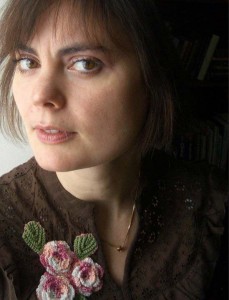
In collaboration with editors John Joseph Adams and Hugh Howey, A Dribble of Ink is proud to introduce a series of interviews with the authors of The End Has Come, the final volume in the The Apocalypse Triptych. Following on The End is Nigh, and The End Is Here, The End Has Come contains 23 stories about life after the apocalypse.
Interview with Leife Shallcross about “Wandering Star”
(Interview by Sandra Odell)
In “Wandering Star” you have created a modern day post-apocalyptic tale with absolutely no fantastic elements, and the work is all the more stunning for its apparent normalcy. What inspired this story?
This story sprang from a couple of different places. Not to get too political, but Australia’s record on its treatment of refugees has gone from bad to worse over the last few years, and some of the commentary you hear excusing our current framework comes from a place of woeful ignorance about the adversity these human beings are trying to escape. This story sprang from me trying to understand how profoundly life can change due to events beyond a person’s control (war, famine, climate change, political instability… asteroid impact). My starting point was to question how I would react in such a dire situation. But I was mostly interested in how it would be to live through that unbearable quiet before the storm, when you know change is coming but you’re still essentially living the life you’re going to have to let go of.
Following on from that, often after these kinds of cataclysmic events have passed, there aren’t necessarily formal records of what it was like to live through them, and historians are left with putting together something of a puzzle from everyday items that have been left behind. I drew inspiration for Jessie’s quilt from a nineteenth century quilt in the Australian National Gallery collection called the Rajah Quilt. It was made in 1841 by women convicts being transported from England to Tasmania (which was a hellhole back then.) The quilt was sent back to England after completion, and then vanished for 147 years before it was rediscovered and acquired by the gallery. I love the idea of the stories of all those anonymous women being stitched into that enormous quilt – stories we have an inkling of, but will really only ever be able to guess at. Read More »




